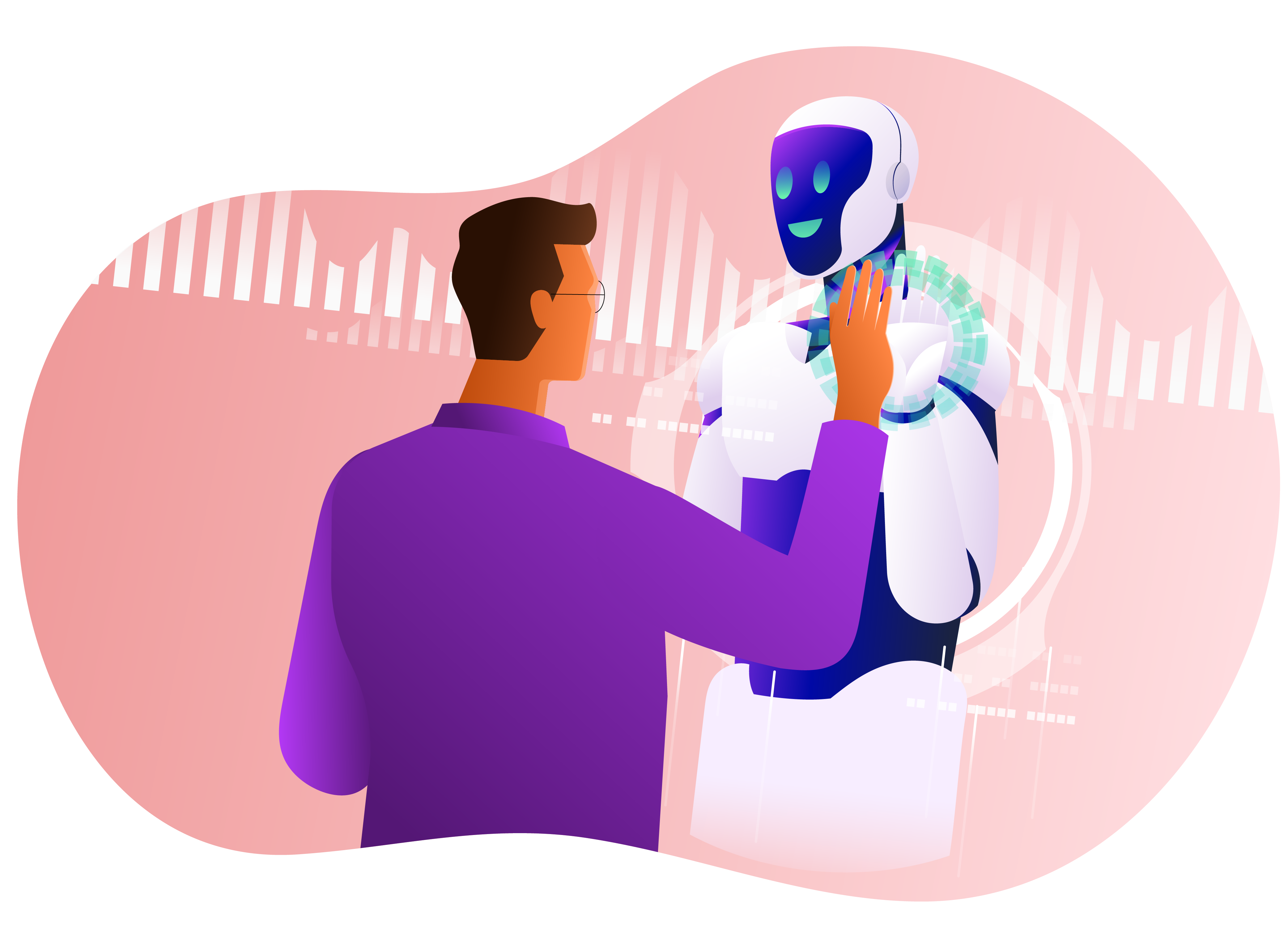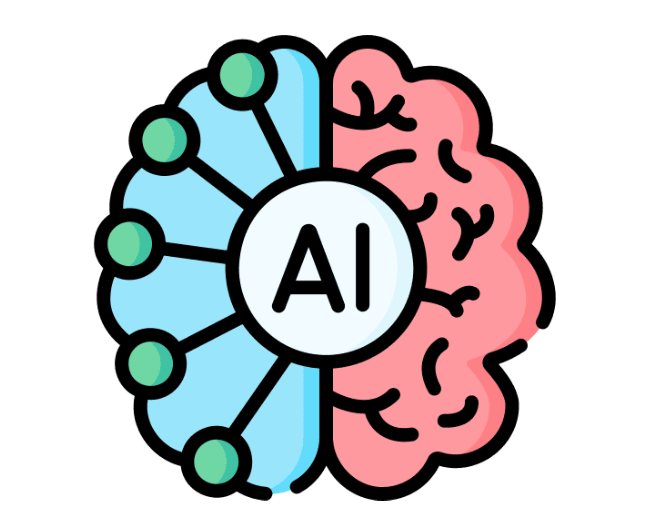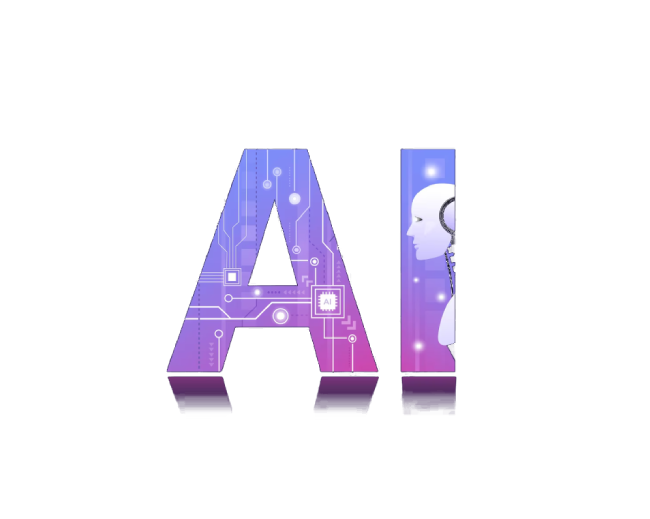Humanize AI Text - Best AI To Human Text Converter
Humanize AI Text is an online AI To Human Text Converter tool used to convert Artificial Intelligence content to human-like content without altering its meaning. With this cutting-edge technology, you can skip AI detection tools and enjoy unmatchable benefits in the digital content world. However, despite the impressive capabilities of AI, the texts generated often lack the nuanced, authentic touch that human writing possesses. This gap can lead to miscommunication and a lack of connection with the audience. Therefore, understanding how to humanize AI text is essential for creating content that resonates on a personal level.
One of the most effective solutions for this is the AI to Human Text Converter. This online tool is designed to humanize AI text by converting AI-generated content into human-like content without altering its meaning. With this cutting-edge technology, users can bypass AI detection tools and enjoy unparalleled benefits in the digital content world. The AI to Human Text Converter not only enhances the readability and relatability of the content but also safeguards website content, boosts search engine rankings, and ensures compliance with Google’s guidelines to avoid penalties for non-human-like content. This article delves into the techniques and tools available to humanize AI text, ensuring that AI-generated content meets the emotional and contextual standards of human communication.
The Importance of Humanizing AI Text
The significance of humanizing AI text cannot be overstated in today's digital communication. While AI-generated content can be efficient and informative, it often misses the mark when it comes to empathy and relatability. Humanized AI text bridges this gap, allowing for interactions that feel more personal and engaging. When content is perceived as human-like, it fosters trust and builds a stronger connection between the communicator and the audience. This is particularly crucial in customer service, where empathetic communication can enhance customer satisfaction and loyalty.
Moreover, humanizing AI text is vital for maintaining brand voice and consistency. Brands have unique identities that are conveyed through their tone, style, and choice of words. AI-generated content needs to align with these elements to ensure a cohesive brand presence. By using tools and techniques to humanize AI text, businesses can maintain their distinct voice across all platforms, from social media posts to customer emails, thereby reinforcing their brand identity and values.
Techniques for Humanizing AI Text
Several techniques can be employed to humanize AI text, ensuring it resonates with human readers. One effective method is incorporating natural language patterns, which involves using conversational tones, idiomatic expressions, and informal language where appropriate. This makes the text feel more relatable and less robotic. Additionally, focusing on storytelling can significantly humanize AI text. Narratives engage readers emotionally and provide context, making the content more compelling and memorable.
Another important technique is the use of context and personalization. AI to human text converters can be programmed to tailor responses based on specific user data, such as past interactions and preferences. This personalized approach makes the interaction feel more direct and relevant to the user. Furthermore, incorporating emotional intelligence into AI-generated text can enhance its human-like qualities. By recognizing and appropriately responding to the emotional cues of users, AI can create a more empathetic and engaging dialogue.
Benefits of Using AI Humanizer Tools
Utilizing AI humanizer tools offers a multitude of benefits for businesses and content creators. Firstly, these tools save time and resources by automating the process of content creation while ensuring the output is engaging and human-like. This efficiency allows teams to focus on more strategic tasks, enhancing overall productivity. Additionally, AI humanizer tools can improve the consistency and quality of content across various platforms, ensuring that the brand voice remains uniform and recognizable.
Another significant benefit is the ability to scale content production without compromising quality. AI to human rewriters can handle large volumes of text, making it possible to generate personalized content for diverse audiences quickly. This scalability is particularly advantageous for businesses with a global presence, as it allows them to maintain high standards of communication in multiple languages and cultural contexts. Furthermore, the use of AI humanizer tools can lead to better customer engagement and satisfaction, as more relatable and empathetic content fosters stronger connections with the audience.
-
Time and Resource Efficiency: Automating content creation with AI humanizer tools saves time and resources while ensuring the output is engaging and human-like. This efficiency allows businesses to produce more content without compromising on quality.
-
Consistency and Quality: AI to human rewriters improve the consistency and quality of content across various platforms, maintaining a uniform brand voice. Consistent quality helps in building trust and authority in the digital space.
-
Scalability: These tools enable the production of large volumes of personalized content quickly, beneficial for businesses with a global presence. Scalability ensures that content needs are met even as demands grow.
-
Enhanced Customer Engagement: More relatable and empathetic content fosters stronger connections with the audience, leading to better customer engagement and satisfaction. Engaged customers are more likely to become loyal advocates of the brand.
-
SEO Benefits: Humanized AI text boosts search engine rankings by complying with guidelines that favor human-like content, improving online visibility and traffic. High-quality, engaging content is more likely to be shared and linked, enhancing SEO.
Challenges in Humanizing AI Text
Despite the numerous advantages, there are also challenges in humanizing AI text. One of the primary challenges is the inherent limitation of AI in understanding and replicating the full spectrum of human emotions and cultural nuances. While AI has made significant strides in natural language processing, it still struggles with the subtleties of context and emotional intelligence. This can result in text that, despite being grammatically correct and coherent, lacks the depth and authenticity of human writing.
Another challenge is the potential for over-reliance on AI tools, which can lead to complacency in content creation. Relying too heavily on AI humanizers might result in a loss of the unique human touch that comes from a writer's personal experiences and insights. Additionally, the ethical considerations surrounding AI-generated content cannot be overlooked. Ensuring transparency about the use of AI in content creation and maintaining a balance between automation and human input is crucial for preserving authenticity and trustworthiness in communication.
Future of AI and Humanized Text
The future of AI and humanized text looks promising, with advancements in technology paving the way for even more sophisticated tools. As AI continues to evolve, we can expect improvements in its ability to understand and replicate human emotions, making AI-generated content even more indistinguishable from human writing. Innovations in machine learning and natural language processing will enhance the capability of AI to adapt to various contexts and cultural nuances, further bridging the gap between AI and human communication.
Moreover, the integration of AI with other emerging technologies, such as augmented reality (AR) and virtual reality (VR), could revolutionize how we experience and interact with AI-generated content. These technologies could provide more immersive and personalized experiences, making communication even more engaging and effective. As we move forward, the collaboration between AI and human creativity will continue to evolve, offering new opportunities and challenges in the quest to humanize AI text and enhance digital communication.
Conclusion
In conclusion, the process of humanizing AI text is crucial for creating content that resonates with human audiences. By employing various techniques and tools, we can bridge the gap between the efficiency of AI and the emotional depth of human writing. Understanding the importance, techniques, tools, benefits, challenges, and future trends in humanizing AI text provides a comprehensive guide for anyone looking to enhance their digital communication. As AI technology continues to advance, the ability to humanize AI text will become increasingly vital, ensuring that our interactions with AI are both effective and authentically human.










